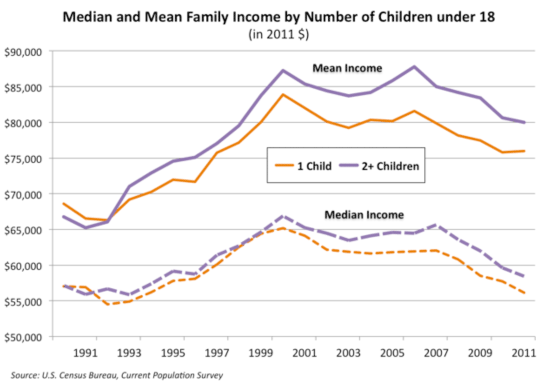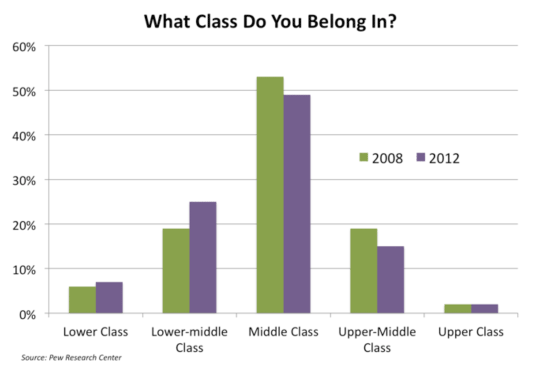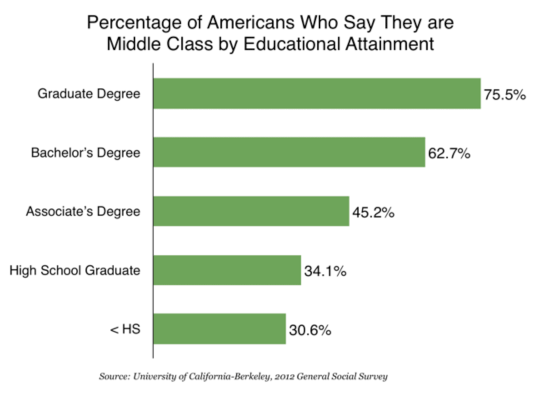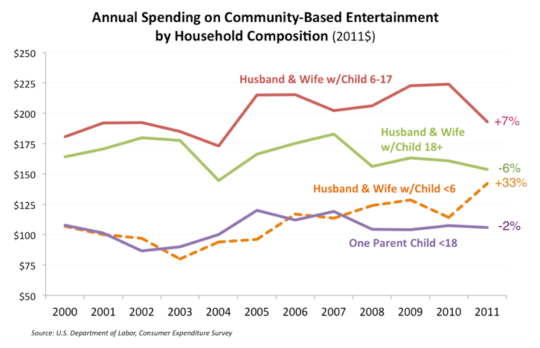
Vol. XIII, No. 4, May 2013
- Editor's corner - Travel tips
- A nascent trend, the rise of the barcade
- Here's some interesting data on family incomes & entertainment spending
- Progress with our Da Nang, Vietnam eatertainment project
- Foundations Entertainment University - July 16-18 in Chicago
- The importance of food and beverage
- Gender matters
Here's some interesting data on family incomes & entertainment spending
It is interesting that as the number of children in a family increases from one child to two or more children, the family’s income on average also increases. That’s good news as it probably means that more children doesn’t necessarily result in less discretionary income for out-of-home entertainment. Perhaps it’s because one-child families are generally younger whereas the 2+ child families are older so the parents’ incomes have risen with their age.
The graph below also shows the negative impact the Great Recession has had on the income of both size families with children.

Many families are feeling poorer. The number of families who now feel they are lower middle or lower class has increased since 2008 according to research from the Pew Research Center. Those families feeling that they are members of the lower classes now represent 1/3 of all families compared to 1/4 back in 2008.

There is a correlation between education and being perceived as a member of the middle class.

When we examined how spending on community-based entertainment has changed (adjusted for inflation) based on the composition of families with children, we found a very interesting trend. Families with children under age 6 have increased their spending significantly since the year 2000, by 1/3 (33%), whereas spending by other type families with children’s has not shown significant changes. In fact, even during the Great Recession, families with children younger than 6 increased their community-based entertainment spending.

We won’t speculate on the reason for this apparent long-term trend of increasing entertainment spending in the local community by families with young children, but it is reassuring news in light of the baby bust (see our CEO’s blog Is the baby bust the death of children’s entertainment centers?). Although the number of births is decreasing, and as a result, the number of young children; families with younger children are increasing their average spending on community-based entertainment. The number of annual births decreased by 8% from 2007 to 2011, whereas during the same time period, those families with children younger than 6 increased their spending on community-based entertainment by 25%, more than offsetting any decline due to less young children.
Vol. XIII, No. 4, May 2013
- Editor's corner - Travel tips
- A nascent trend, the rise of the barcade
- Here's some interesting data on family incomes & entertainment spending
- Progress with our Da Nang, Vietnam eatertainment project
- Foundations Entertainment University - July 16-18 in Chicago
- The importance of food and beverage
- Gender matters


